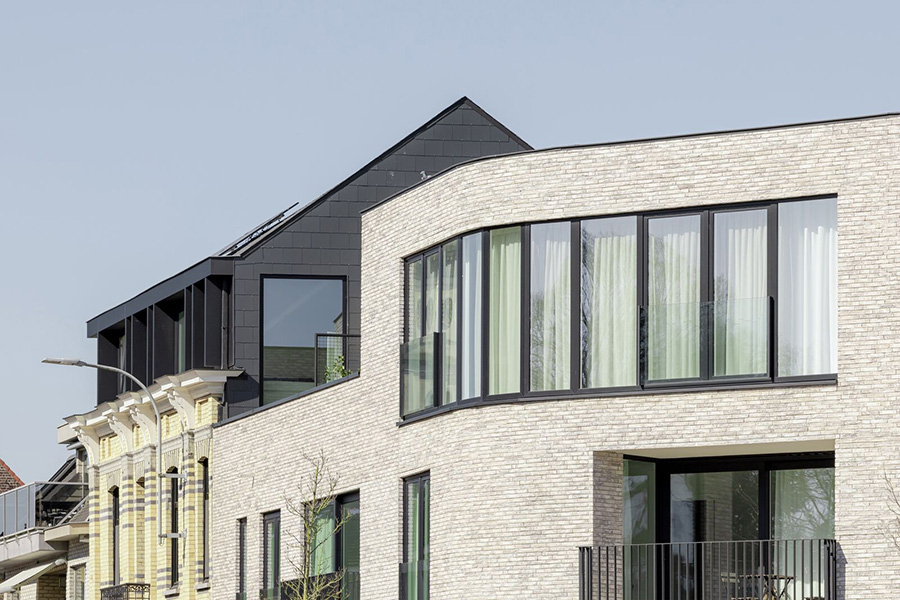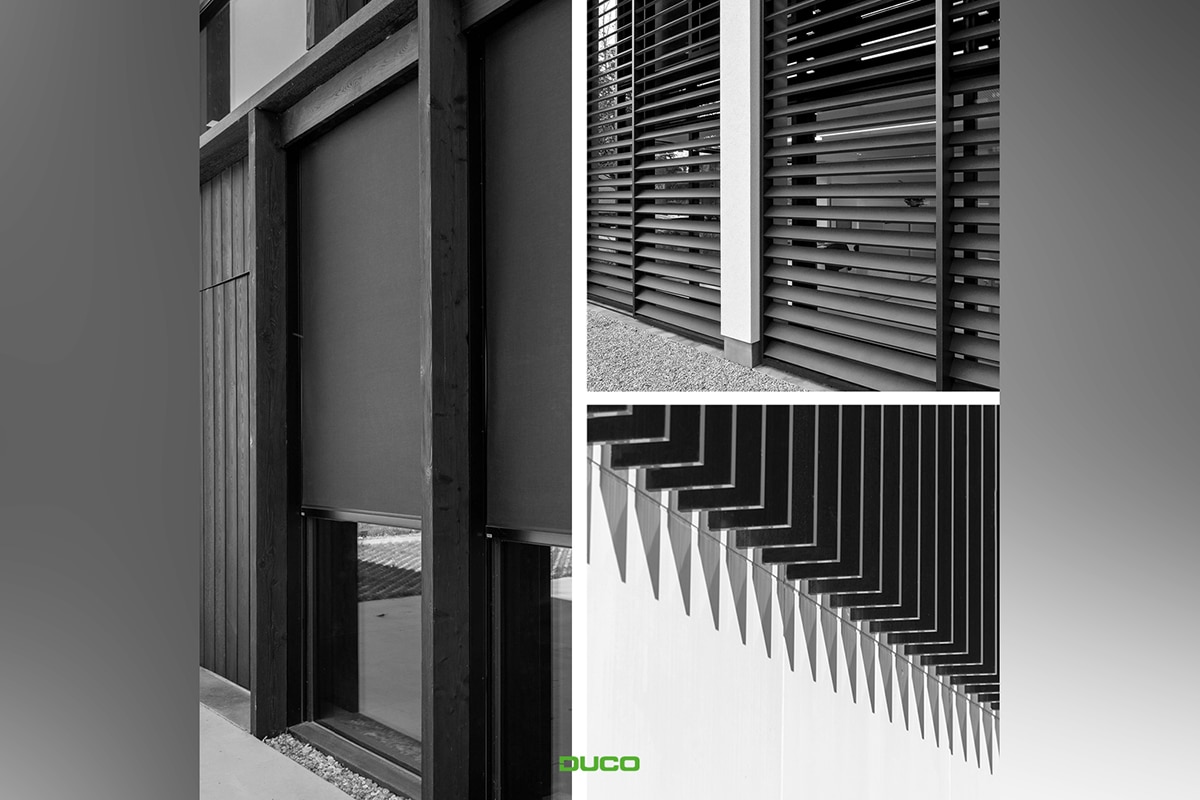
'This system provides great space savings on the shop floor'
Monorail combined with electric chain hoists optimizes production process
After Willemsen Veenendaal - producer of wood frame construction elements - moved to a new address with a smaller production space last year, the big question was: how can we save as much space as possible on the shop floor at this new location? The solution was found in a monorail system combined with four bridge cranes with electric chain hoists, supplied by Teleflex in cooperation with parent company Railtechniek van Herwijnen.

Early this year, the system was put into operation in the production area of Willemsen Veenendaal. "We opted for two identical mirror systems with six drop sections each and two bridge cranes with electric chain hoists," says director Piet Willemsen, explaining how the production process works.
Perfect working position with drop sections
"First, the wood frame elements are placed in a drop section - which is attached to the rail system on the ceiling - and manually transported to the workplace for further processing. Then, using the drop section, the employee can lower the timber frame element vertically into a so-called pit in the floor so that he or she can create the perfect working position for themselves. Finishing the facade elements consists, for example, of applying cladding, insulation or installing a frame in an element."

According to Willemsen, the system with the drop sections is quite an improvement over the old situation before the move: "Back then, the elements were moved horizontally through the workshop with roller tables or lifted with crane tracks. That not only took up a lot of space on the shop floor, but it also made finishing the elements much more laborious."
Chain hoists lift heavy material
The four bridge cranes in the workshop include electric chain hoists from the Swiss top brand GIS AG, of which Teleflex is the official dealer in the Benelux. "These are mainly used to lift heavier components," says Willemsen. "For example, you have to think of sheet material or a glazed window frame that has to be placed in the facade element. Using the bridge cranes and chain hoists, these parts can be transported the full length of the rail system through the workshop. Finally, after the building elements in the drop sections are completely finished, they are manually transported to the logistics department via the rail system."
Space savings of 50 percent
Because the line setups in the new building are smaller than the production space in the previous building, Willemsen Veenendaal wanted to be inventive with the available space, says Willemsen. "This is why we asked Teleflex and Railtechniek van Herwijnen what they could do for us in this regard. Thanks to this advanced system for loading, unloading and processing products, we ended up saving as much as 50% in space on the shop floor! An additional advantage is that the rail system is suspended at a height of 6 meters. But because the ceiling of the workshop is 15 meters high, we were able to create an additional floor above that for the storage of stock and finished products. All in all, we have thus made optimal use of the space."

Window controls for wooden frames
Apart from the above, operational manager Jesse Verheem of Teleflex BV would also like to comment on window controls for wooden frames: "Electric and mechanical window controls are suitable for all kinds of windows. But some of our window operators also meet the SKG seal of approval when installed on wooden frames. This means that our window controls can withstand a certain degree of burglary resistance. This makes our window drives an interesting product for carpenter companies as well. This was evident from the great interest in them during the last HoutPro+, the trade fair for the woodworking industry in the Brabanthallen in 's-Hertogenbosch."




